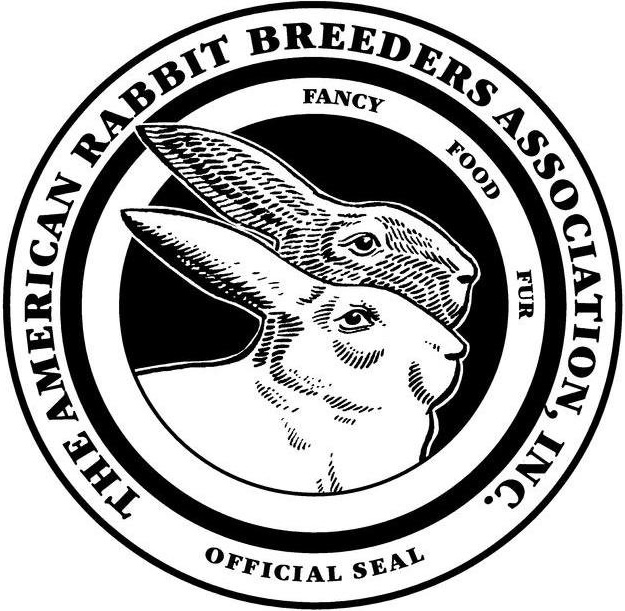Genetics Guide
Basic genetic terms
Before we dive into the colors, let's take a quick trip back to high school biology and freshen up on the basic terms that will be mentioned in this guide!
Definitions of Genetic Terms
Genetics - The study of heredity and the variation of inherited characteristics. Fur color genetics are the most common when discussing rabbits.
Genes - A set of instructions, contained within an animal's DNA, which tells the cell how to produce a particular proetien (in our case, pigment).
Allele - Different variants of genes. Alleles come in pairs - one from each parent.
Locus - (plural - Loci) The specific physical location of a gene or other DNA sequence on a chromosome, like a genetic street address. Some loci have more than 2 alleles.
Dominant - Dominant genes can visibly be seen and are noted with a capital letter (A, B, C, etc.). They always override recessive genes in terms of appearance.
Recessive - Recessive genes can not be seen, but they can be passed on to offspring. These genes are noted with lowercase letters (a, b, c, etc.).
Homozygous - An identical pair of genes (homo = same). Example: AA or bb.
Heterozygous - Two different genes (hetero = different). Example: Aa or Bb.
Phenotype - Physical characteristics of which can be seen with the eye (a blue coat color).
Genotype - The genetic make-up, which can not always be outwardly seen (Aa Bb Cc Dd Ee).
Phenotype & Genotype
While a genotype is the genetic makeup of rabbit (a techinical list of loci, genes and alleles), phenotype describes the effect of the genotype and what the rabbit actually looks like. If we talk about a broken black rabbit then we are talking about its phenotype. Note that there may be more than on selection of genes that could cause this phenotype.
If we talk about a AA Bb rabbit then we are talking about its genotype, which is much more specific. And not every color gene in the rabbit's genotype will necessarily affect it's phenotype.
It's important to note that there can often be confusion between phenotype and genotype in some breeds, due to color terms bing used differently.
Dominant and Recessive
Altough every rabbit carries two alleles at each locus, only one of these alleles is generally expressed. Which of the alleles is expressed depends on dominance. The most dominantmalele will always be the one which is expressed in the phenotype. A recessive allele is one which is less dominant.
Dominant alleles are generally written with a capital letter, for example b. Recessive alleles are written with a lower case letter, for example b. Somtimes there is more than one dominant or recessive allele on a locus. When this happens, there is usually an order of dominant.
A rabbit with the BB genotype has two dominant alleles, and so it will only express B (black). A Bb rabbbit will also express B because B is dominant over b. bb is the only genotype where the rabbit will express b (chocolate).
However, in some cases both of the alleles on a locus will be expressed. This is called incomplete dominance or co-dominance, and only happens on particular loci. The resulting rabbit will have a mixture of the two alleles, but its markings will generally lean more towards the more dominant allele. For example, the En Locus controls english sptting (also known as broken), and the allels in it display incomplete dominance over one another. En is the allele for white spotting, and en is the allele for no white markings (solid). A EnEn rabbit will be charlie (white markings covering 75% or more of the body), and even though En is more dominant than en, a Enen rabbit won't necessarily be mostly white. Instead it have slightly more color, becoming a broken (50-75% of white on the body) because it is able to partly express it's more recessive allele (solid).
Disclaimer: Before reading through this guide, please note that I am not a geneticist or a professional scientis (please see the About Us. I'm just a regular girl with an interest in genetics, and hope to make color genetics interesting and easy to understand for everyone.
This guide is intended as an introduction to color genetics in rabbits, and while I do my best to ensure its accuracy, please do make sure to do further, independent reserch if you want to find out more.



